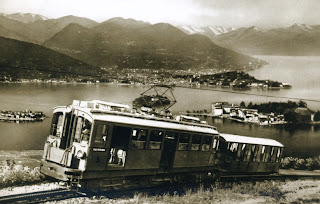I tend to make most cakes in a loaf tin as it is easier to portion up and pack to bring to the office, but the original recipe calls for a 24cm diameter cake tin. If you want to go all out with the Halloween theme you could always add orange coloured frosting and/or chocolate spider webs :)
At the market here I can't get the traditional large round orange pumpkin so I used my usual squat green-skinned type of squash in my first run through and a mix of that and butternut squash in my second go..
 |
| The finished sticky, stodgy, chocolatey, Halloween pumpkin loaf |
350g pumpkin/squash (weight peeled and deseeded)
200g self-raising flour
4 medium eggs
100g butter, melted
150g caster sugar
40g unsweetened cocoa powder
1 tsp ground ginger
1 tsp ground cinnamon
Zest of 1 orange
0.25 tsp grated nutmeg (the nutmeg I have is in a jar with a built in mill so I gave it a couple of twists)
40g dark chocolate drops
Heat the oven to 180°C/356°F and line your loaf or cake tin.
Firstly make your squash purée. I made mine by chopping up the squash into 2.5cm chunks and using a pressure cooker. Mash the cooked squash until smooth and leave to cool.
Whisk the sugar and eggs together in a bowl until creamy and increased in volume. Fold in the sieved flour, cocoa and spices. Add the melted butter and squash purée and mix until everything is combined. Add the chocolate drops and orange zest.
Bake for 45-50 minutes or until a skewer comes out clean. I followed the advice of the Leeks & Limoni blog and covered the cake with foil for the last 10 minutes to stop the top from burning.
Cool in the tin for about 15-20 minutes before turning out to cool completely on a wire rack.
Let me know if you give the cake a go and if you add any Halloween twists of your own!
Sarah, Viaggi Tomassucci
.JPG)







